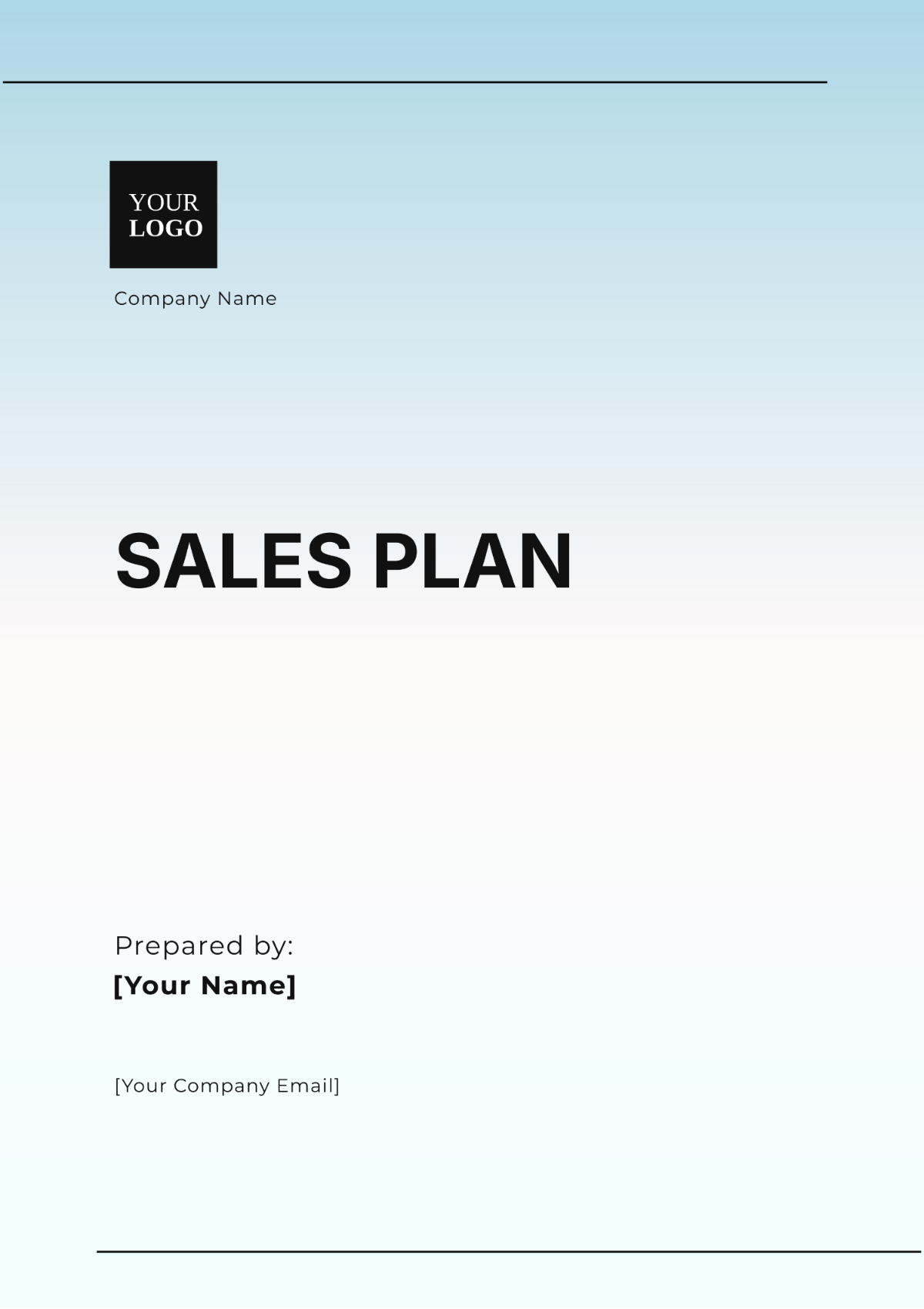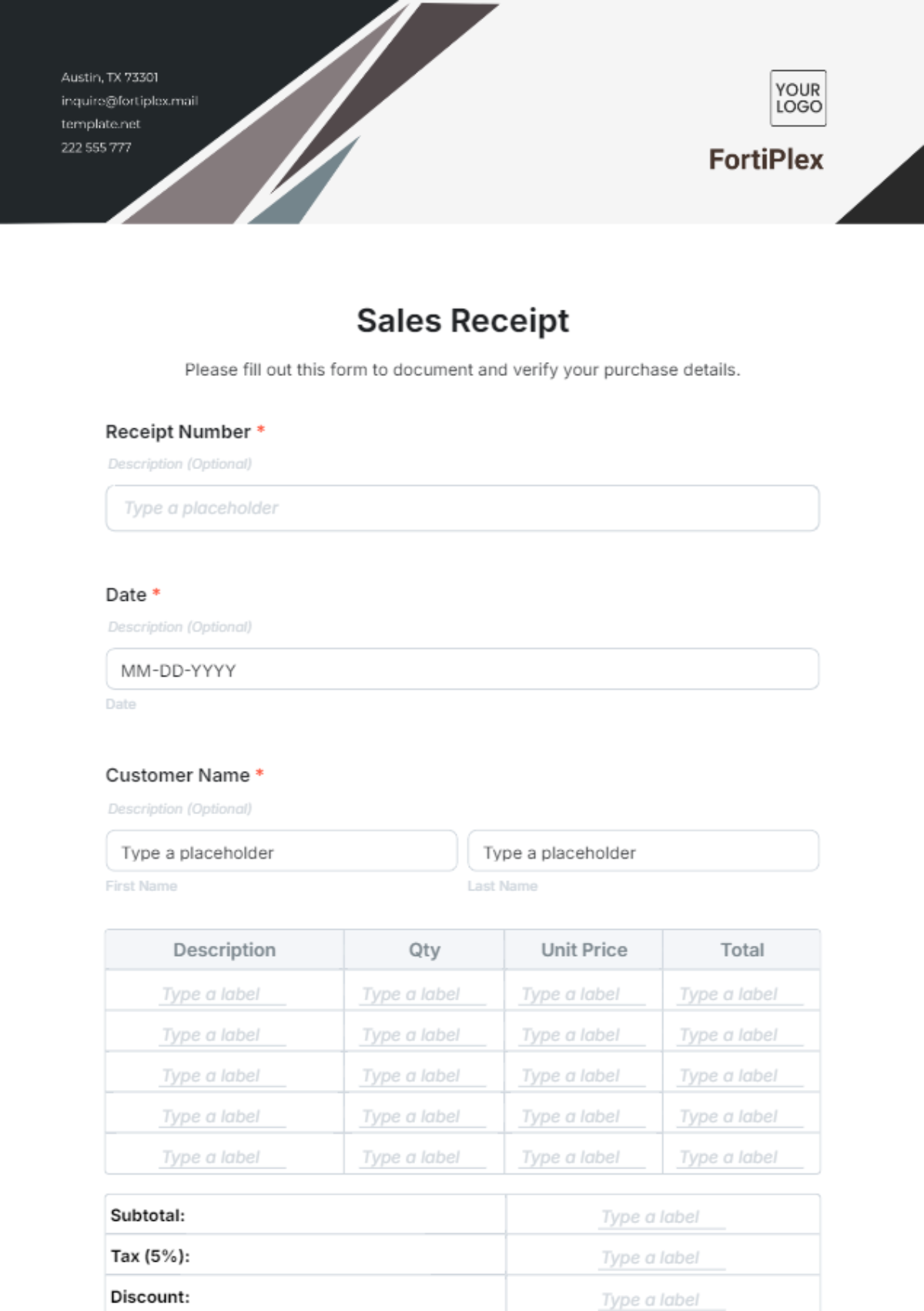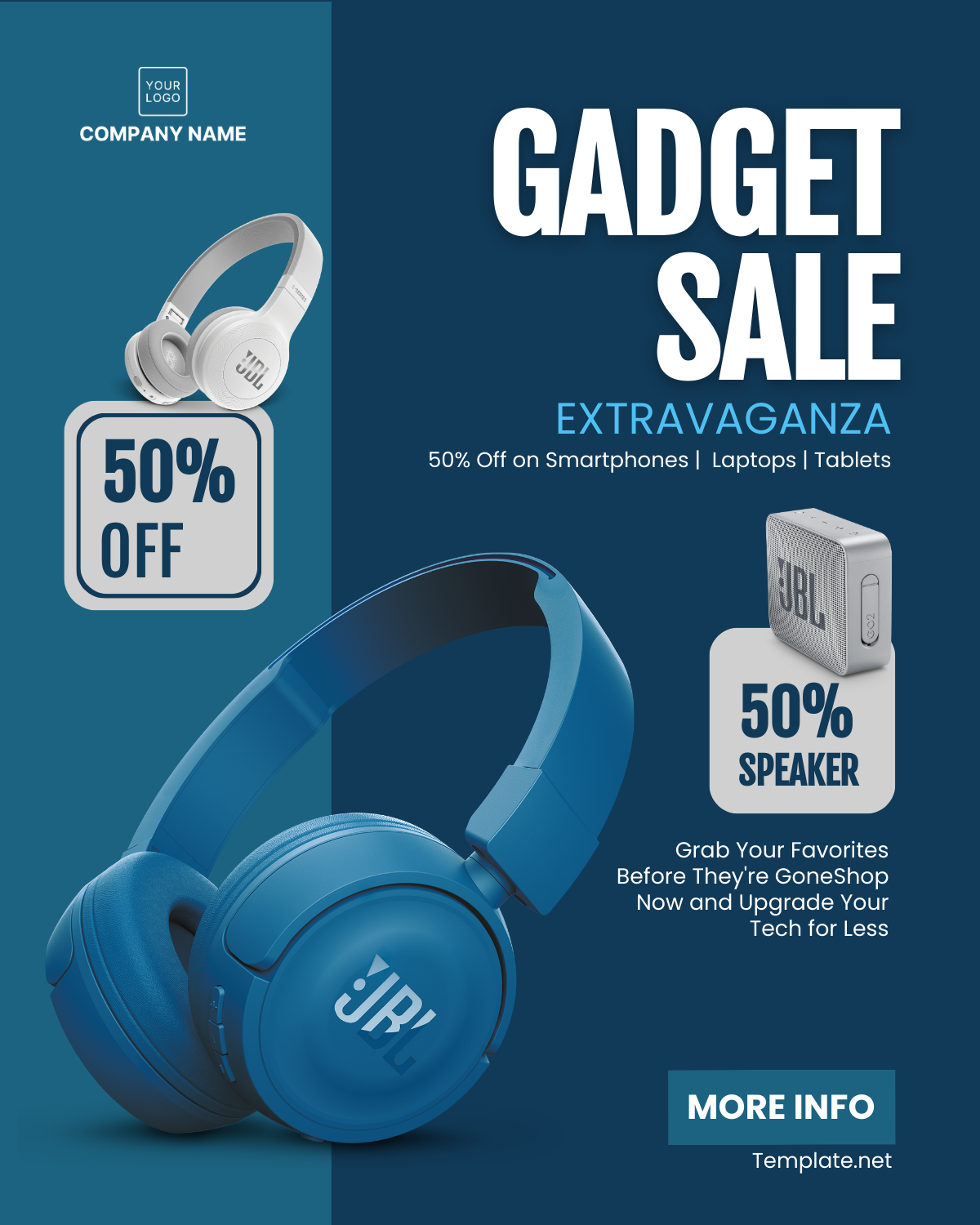Sales Strategy Document for Trade Show Lead Generation
Executive Summary
This Trade Show Lead Generation Strategy Document outlines [Your Company Name]'s comprehensive plan to maximize lead generation and brand presence at upcoming trade shows and networking events. Our primary focus is on generating high-quality leads, increasing brand visibility, fostering valuable industry relationships, and gathering crucial market insights.
I. Introduction
Trade shows and networking events play a significant role in providing opportunities for our company to interact with potential customers, strategic partners, people who have a significant influence within the industry, and individuals known as thought leaders. These types of events serve as a platform where our company can connect directly with these individuals, engaging with them in meaningful conversations and demonstrating what we have to offer. This strategy is a crucial part of our broader business plan and serves as a guiding document that helps focus and direct our efforts. The ultimate goal of this strategy is to generate promising leads that can be followed up on and hopefully converted into customers.
This is a critical process in the monetizing cycle and directly contributes to the growth and success of our company. This not only helps our business maintain its competitiveness in the market but also stimulates consistent expansion and development within industry standards. Thus, the role of trade shows and networking events can't be overlooked in our company's pursuit of growth and success.
II. Objectives
Lead Generation
Our primary objective is to generate a minimum of 200 high-quality leads at each event. Quality leads are defined as those showing a genuine interest in our [Product Name] and a high likelihood of conversion.
Brand Awareness
We aim to significantly increase our brand recognition within the [Product Name] industry. By the end of the trade show season, we expect at least a 30% boost in brand visibility compared to the previous year.
Meaningful Engagements
The objective is to initiate meaningful conversations with at least 70% of the leads generated. These interactions should go beyond initial contact, paving the way for long-term relationships.
Market Insights
Gathering market insights and intelligence on competitors is vital. We will compile data on emerging trends, pain points, and competitors' strategies to inform our product development and marketing efforts.
Product Demonstrations and Consultations
Our objective is to ensure at least 50 in-person product demonstrations or consultations occur during the events. Achieving this will clearly demonstrate a substantial level of interest from attendees as well as a significant level of engagement in the material or products being presented, thus indicating the success of our efforts.
III. Target Audience
Our primary focus is to engage with a target audience that primarily consists of professionals and specialists who specialize in [Product Name], along with Chief Information Officers and key individuals possessing the power to make significant decisions within the structure of medium to large scale enterprises. Our primary goal is to interact with these individuals, particularly those who are presently actively in search of innovative methods related to [Product Name] in order to boost the security measures they currently have in place, along with making their operational procedures increasingly efficient.
IV. Trade Show Selection
We have carefully selected three trade shows that align with our target audience and industry focus:
Event | Details |
|---|---|
[Event Name A] |
|
[Event Name B] |
|
[Event Name C] |
|
V. Booth Design and Setup
The entire concept behind our booth design is to create a multi-faceted experience that leaves a lasting impression on those who visit. It is designed not just to be visually appealing, but also promotes interaction and fosters active engagement from our visitors.
The booth will have a modern, eye-catching, and interactive design.
A [Product Name]-themed backdrop will reinforce our brand identity.
We will showcase product demos on large screens.
A comfortable lounge area will encourage networking and in-depth discussions.
Staff will wear branded attire to represent the company professionally.
Marketing materials, brochures, merchandise, and digital engagement stations will be readily available.
VI. Pre-Event Promotion
A comprehensive pre-event promotion strategy will include the following activities:
Strategy | Details |
|---|---|
Email Marketing |
|
Social Media |
|
Website |
|
Targeted Advertisements |
|
VII. On-Site Lead Capture
Maximizing our return on investment is critically hinged on capturing leads efficiently. The method through which we intend to achieve this will encompass:
Utilizing lead scanning apps, integrated with our CRM, to streamline data collection.
Training our staff to engage visitors effectively, collect contact information, and qualify leads based on predefined criteria.
Offering interactive product demonstrations and free consultations at our booth to encourage visitor participation and engagement.
VIII. Post-Event Follow-up
Our post-event follow-up plan will involve the following steps:
Immediate Contact with Hot Leads: Leads showing a high level of interest and engagement will be contacted immediately after the event. We will schedule product demonstrations, consultations, or further discussions based on their needs and preferences.
Lead Nurturing for Warm Leads: Warm leads will receive personalized email campaigns designed to keep them engaged. Emails will provide valuable insights, industry news, and information about our solutions to nurture their interest.
Regular Updates: Through the distribution of our regular newsletters and updates, we assure to keep our leads not only informed but updated about the happenings in the industry; about the most recent news, the latest trends, and also about our newest product offerings.
IX. Performance Metrics
Tracking and evaluating the success of our trade show lead generation efforts is crucial for continuous improvement. In addition to the initial metrics, we also incorporate advanced analytics to gain a deeper understanding of attendee engagement and behavior. This includes tracking metrics such as booth visit duration, engagement level in demonstrations and sessions, and the quality of interactions based on follow-up success rates. These nuanced insights allow us to refine our approach for future events, tailoring our presentations and interactions to better meet the needs and interests of our target audience. By analyzing these comprehensive metrics, we can more effectively allocate resources, optimize our event strategies, and enhance overall ROI from trade shows and networking events.
The following key performance metrics will guide our assessment:
Metric | Details |
|---|---|
Number of Leads Generated | We will measure the total number of leads generated at each event. This metric serves as the foundation for evaluating the effectiveness of our lead generation strategy. It provides an indication of the volume of potential customers and partners we've engaged with. |
Conversion Rates | Conversion rates will be monitored to understand how many of the generated leads progress through the sales funnel. We will calculate conversion rates from leads to various stages, including product demonstrations, consultations, and actual sales. These conversion rates will help us identify bottlenecks and areas for improvement in our lead nurturing and sales processes. |
Return on Investment (ROI) | Determining the ROI is essential to gauge the cost-effectiveness of our trade show participation. We will calculate the cost per lead acquired and the revenue generated as a result of the events. A positive ROI is a clear indicator of the financial success of our trade show lead generation efforts. |
Booth Traffic and Engagement Metrics | To assess the effectiveness of our booth setup and staff engagement, we will gather data on booth traffic and engagement, including:
|
Post-Event Survey Feedback | To gather qualitative insights and assess attendee satisfaction, we will conduct post-event surveys. These surveys will ask attendees about their experience at our booth, the value they derived from our engagement, and areas for potential improvement. The feedback collected will provide valuable input for refining our trade show strategy for future events. |
X. Budget
A detailed budget has been prepared to cover expenses related to trade show participation, which includes:
Expense Category | Budget Allocation |
|---|---|
Booth Rental and Setup | [$80,000] |
Travel and Accommodation | [$45,000] |
Marketing Materials and Promotional Items | [$30,000] |
Staff Training and Event Registration Fees | [$20,000] |
Miscellaneous Expenses | [$5,000] |
Contingency Fund | [$20,000] |
Total Budget Allocation | [$200,000] |
Notes:
Booth Rental and Setup: This category includes expenses related to booth space rental, booth design and setup, utilities, and any additional requirements for each trade show.
Travel and Accommodation: The budget allocation covers transportation, hotel accommodations, meals, and other travel-related expenses for the staff attending the trade shows.
Marketing Materials and Promotional Items: This category includes expenses for the creation of marketing materials, such as brochures, flyers, branded merchandise, and digital engagement stations.
Staff Training and Event Registration Fees: This budget covers staff training programs, including lead capture procedures and product knowledge. It also includes event registration fees for each trade show.
Miscellaneous Expenses: This category accounts for unforeseen or incidental expenses that may arise during the events.
Contingency Fund: A contingency fund has been set aside to address unexpected expenses or opportunities that may arise during the trade show season. It provides flexibility within the budget.
Total Budget Allocation: The total allocated budget for all expenses related to trade show participation is $200,000. It is essential to manage expenses efficiently to stay within this budget and ensure a positive return on investment.
This budget allocation is designed to provide a clear breakdown of the planned expenses for our trade show lead generation efforts, enabling effective financial management throughout the events.
This Trade Show Lead Generation Strategy Document presents a comprehensive and well-defined roadmap for the company to achieve our objectives in trade show lead generation. Our focus on lead quality, brand visibility, and post-event engagement positions us for success at [Event Name A], [Event Name B ], and [Event Name C]. We are committed to continual evaluation and adaptation of this strategy to ensure our continued growth and success in the industry. By executing this plan effectively, we aim to secure our position as a key player in the [Product Name] sector.















































